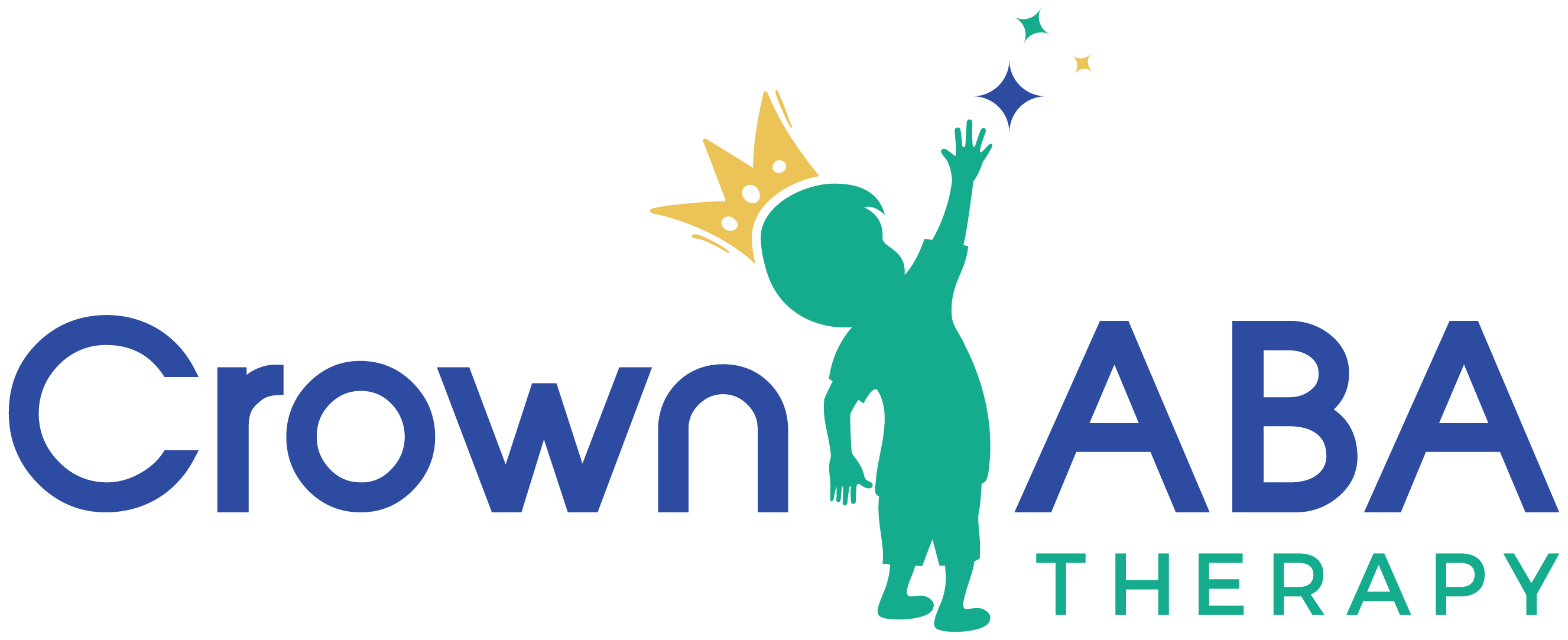Key Points:
- Depression and autism can overlap in ways that make diagnosis difficult, especially in children and teens.
- Parents may wonder: Can depression look like autism? The answer is yes, and understanding the differences is key to getting the right support.
- Early recognition and personalized interventions, like ABA therapy, can help children manage symptoms and thrive.
It’s not always easy for parents to tell what’s behind their child’s struggles. Maybe their once talkative child is now withdrawn, or a typically energetic teen has become listless and unmotivated. Parents often ask themselves, Can depression look like autism?
The short answer is yes—especially when symptoms like social withdrawal, flat affect, or difficulty communicating begin to surface. But while the two conditions can look similar on the outside, their causes, treatments, and long-term needs can be very different. Recognizing where depression ends and autism begins (or vice versa) is the first step toward meaningful support.
Can Depression Look Like Autism?
Yes. Depression can sometimes mimic autism-like behaviors, and autism can include signs that resemble depression. This overlap makes it challenging for parents—and even professionals—to differentiate between the two. Children with depression may stop engaging socially, show little emotional expression, and avoid communication. These same signs are also common in autism, especially in individuals who struggle with social skills.
On the other hand, children with autism are at higher risk for developing depression, particularly as they get older and become more aware of their differences or face social isolation. Understanding the distinction and connection between these conditions can lead to more accurate diagnosis and more effective treatment.
6 Shared Symptoms Between Autism and Depression
Some behaviors can be present in both autism and depression, which can cause confusion. These overlapping signs include:
- Reduced eye contact
- Limited facial expressions
- Withdrawal from social situations
- Difficulty expressing emotions
- Changes in sleep or appetite
- Lack of motivation or interest in favorite activities
While these behaviors may look the same, the reasons behind them differ. A child with autism might not make eye contact due to sensory discomfort, while a child with depression may avoid it due to low self-esteem or disinterest. This distinction highlights the importance of understanding the underlying causes of behavior—especially when navigating the complex emotional patterns autistic individuals may experience, such as those explored in Understanding Autistic Burnout Cycle and Phases.
4 Key Differences Between Autism and Depression
Understanding how depression can look like autism begins with identifying the differences between the two. While they may share some surface-level behaviors, the underlying causes and patterns are often quite distinct.
Age of Onset
One of the clearest distinctions lies in when symptoms typically appear. Autism is a neurodevelopmental condition, meaning its signs are usually evident in early childhood. Even if a diagnosis is delayed, traits such as communication challenges or repetitive behaviors often begin in the toddler years.
In contrast, depression usually develops later. It’s more commonly seen in adolescents and may be triggered by life changes, trauma, social stress, or internal emotional struggles. This later onset can help differentiate the two, especially when new behaviors suddenly emerge in a child who previously showed typical development.
Social Motivation
Children on the autism spectrum may genuinely want to engage socially but struggle with how to connect or read social cues. They might appear uninterested in others, but in reality, they simply lack the skills or comfort to participate in typical social exchanges.
Children experiencing depression, on the other hand, often lose interest in social connection due to a lack of energy, feelings of worthlessness, or emotional exhaustion. Their withdrawal is driven more by emotional pain than by difficulty navigating social situations.
Mood and Emotional Patterns
Autism is not considered a mood disorder. While emotional regulation can be difficult—especially when routines are disrupted or sensory input becomes overwhelming—the core features are not rooted in sadness or despair.
Depression, by definition, involves persistent changes in mood. A child may appear unusually sad, irritable, or emotionally flat. Unlike autism, these mood changes are not consistent traits but represent a departure from a child’s usual emotional state.
Communication Differences
Communication challenges in autism are typically longstanding and consistent. They can include delayed language development, limited use of gestures, or difficulty with back-and-forth conversations. These traits tend to be stable over time and across settings.
In depression, communication patterns may shift suddenly. A child who once spoke freely may become quiet, withdrawn, or unresponsive. These changes often signal a deeper emotional issue and are a key clue that depression may be involved, especially if they represent a clear change from the child’s normal behavior.
When Depression and Autism Coexist
It’s also possible for a child to have both autism and depression, which adds another layer of complexity. Co-occurring depression is more likely in children and teens with:
- High-functioning autism (sometimes called Level 1 ASD)
- Greater awareness of social struggles
- History of bullying or social rejection
- Limited support systems or lack of understanding from peers
In these cases, depression might go unnoticed because it’s attributed to autism—or vice versa. That’s why ongoing observation and open communication with professionals is so important.
5 Warning Signs of Depression in Children with Autism
For children already diagnosed with autism, here are some red flags that may indicate co-occurring depression:
- Sudden loss of interest in favorite routines or hobbies
- Unusual irritability or frequent crying
- Expressing feelings of worthlessness or hopelessness
- Regression in skills or increased self-isolation
- Changes in sleep, appetite, or energy levels
If your child is showing these signs, especially if they represent a shift from their usual baseline, it may be time to consult a professional who can assess for depression in the context of autism.
How Parents Can Help Individuals with Autism and Depression at Home
Parents are often the first to notice changes in behavior. You don’t need to have all the answers, but you can support your child in meaningful ways. Here’s how:

Depression can make even small tasks feel overwhelming. Celebrate little steps—getting out of bed on time, joining a family activity, or trying something new—with genuine praise and encouragement.
When to Seek Professional Help
If you’re noticing persistent signs of depression or sudden changes in your child’s behavior, don’t wait. Early intervention is key to improving emotional well-being and long-term outcomes. A professional assessment can help determine whether depression, autism, or both are present—and guide you to the right treatment.
Applied Behavior Analysis (ABA) therapy is one evidence-based method that can help children develop communication, emotional regulation, and coping skills. While ABA is primarily used for autism, it can also support children who experience related challenges like depression, anxiety, or low frustration tolerance.
Effective Support Starts Here: ABA Therapy in Maryland
Helping your child navigate the challenges of depression and autism is not something you have to do alone. Professional guidance makes all the difference, especially when it’s based on evidence-backed, compassionate care.
Crown ABA provides individualized ABA therapy in Maryland, designed to support children with autism in building skills, improving communication, and enhancing emotional regulation. While ABA therapy is not a cure for depression, its structured and personalized approach helps children gain the tools they need to manage frustration and build resilience.
If you’re concerned about whether depression can look like autism or suspect your child may be struggling with both, now is the time to reach out. Contact us today to learn how ABA therapy can provide meaningful, long-term support for your child.





